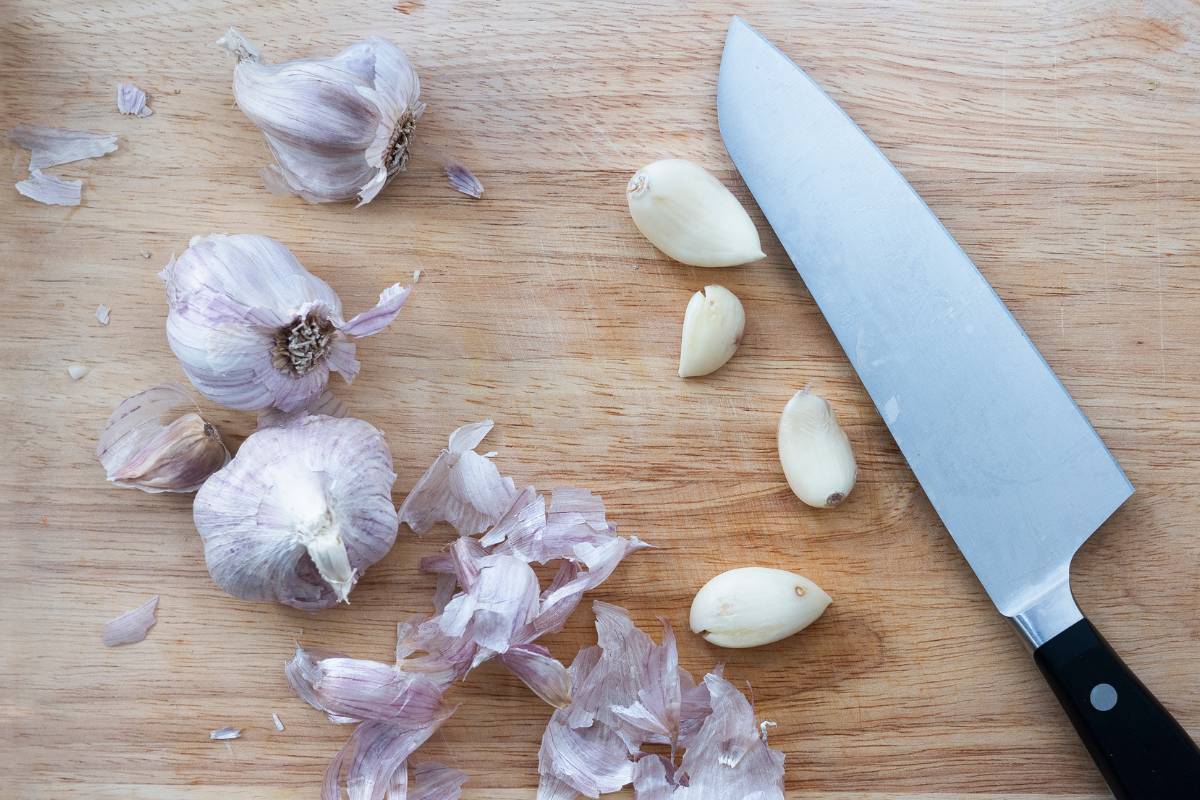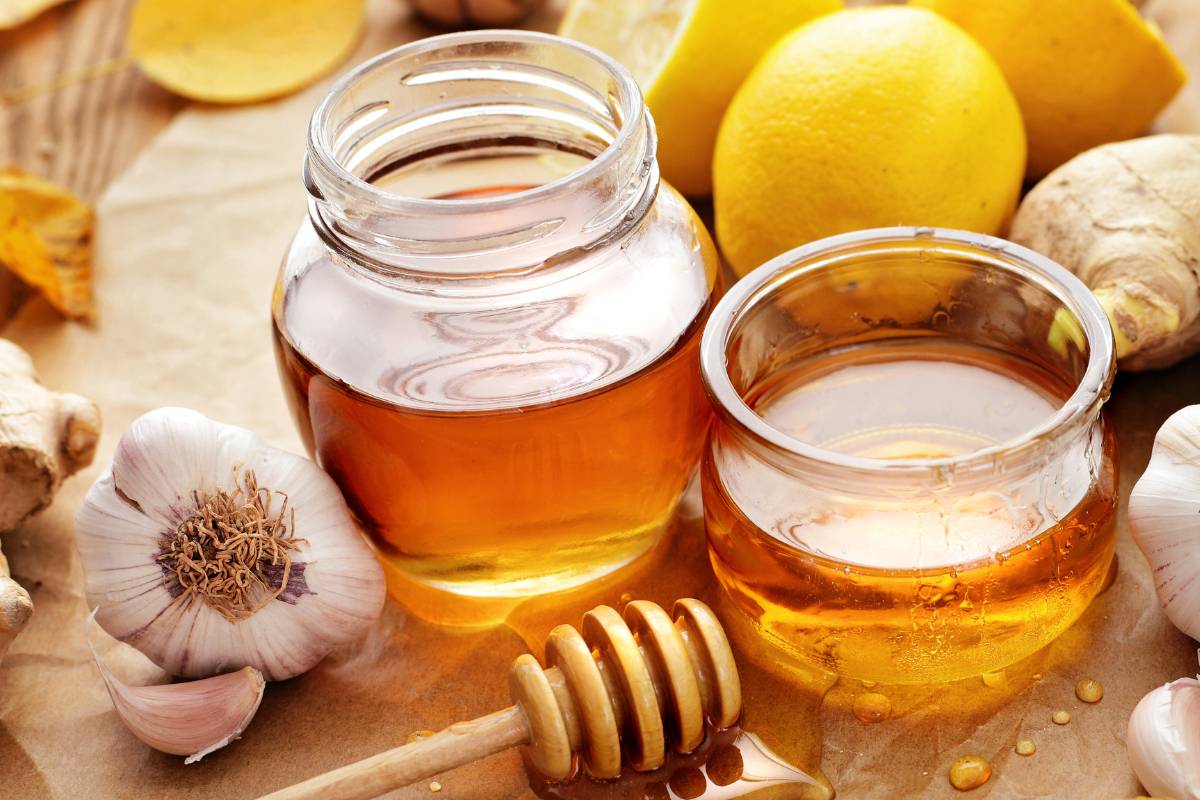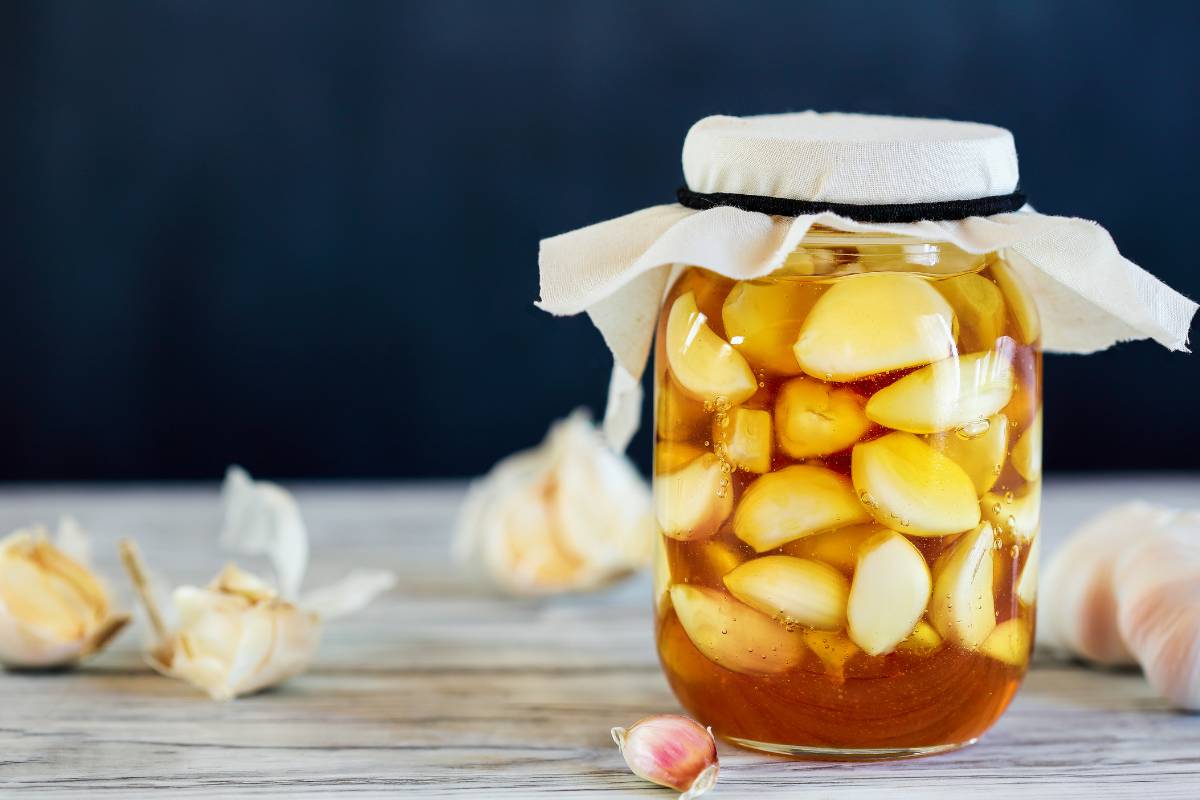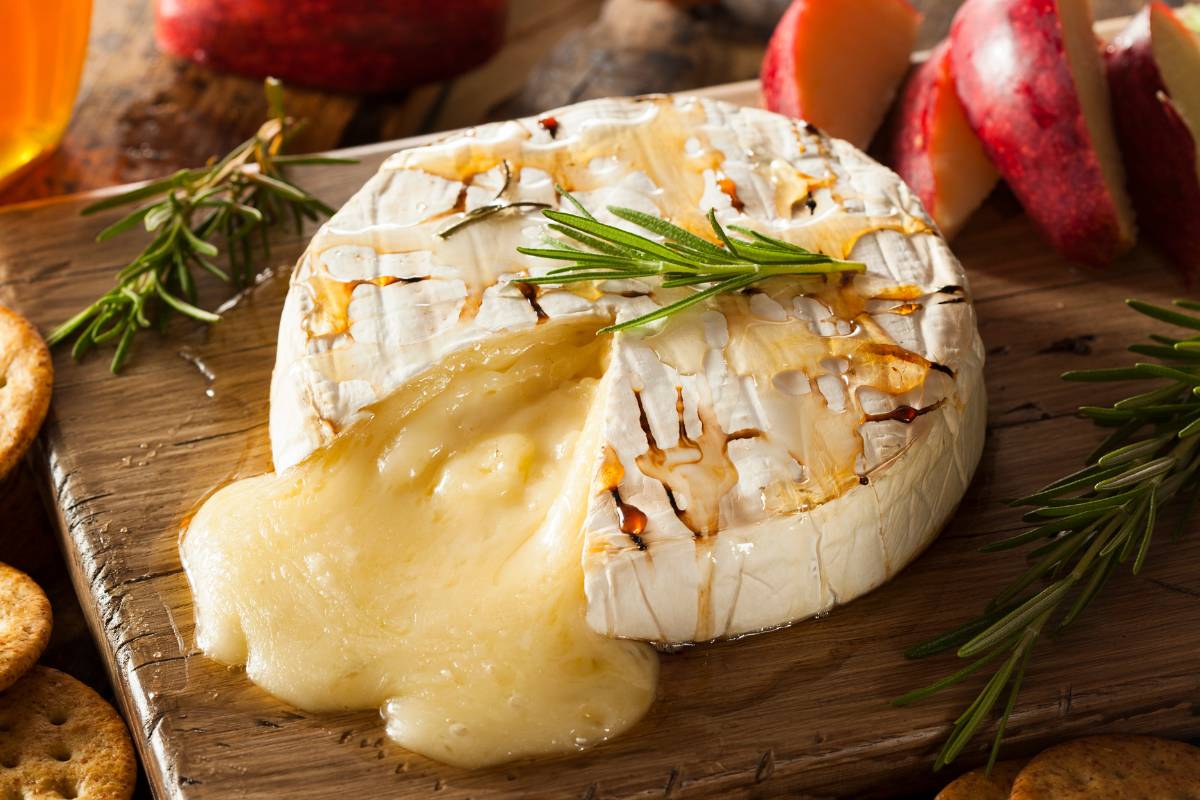Garlic is one of the most productive members of a home veggie patch, with a single parent bulb easily producing a dozen or more full heads in a season. And while homegrown garlic stores extremely well under cool, dark conditions, if you're faced with a garlic glut then preserving some of it is the best way to keep you supplied until the next harvest.
Garlic can be minced then frozen or pickled in vinegar in much the same way as baby onions. However, it can also be fermented in honey to create a sweet, spicy and sour mixture that's in equal parts versatile and unusual.
Honey and Garlic: A Winning Combination
Honey has natural antibacterial qualities that make it an excellent preserving ingredient. Indeed, a tub of honey was once unearthed in an ancient Egyptian tomb and found to be perfectly edible even after 3,000 years.
What's more, honey is generally safer to use in home fermentation recipes than other liquids. Unlike some other ingredients that can risk developing botulism if fermented in unclean conditions, honey's acidity and high sugar levels prevent any naturally present botulism spores from growing to dangerous levels.
But garlic also brings its own benefits to the mixture. Its health benefits are undoubted, ranging from lowered blood pressure to reduced cholesterol levels. Unfortunately, a lot of these benefits are lost when it's cooked. Fermenting the cloves in honey preserves their medicinal properties while also softening their pungent raw taste.
And lastly, both garlic and honey are said to be natural immune system boosters, and the two ingredients working together make a tasty home remedy when the cold and flu season comes around.
Making Fermented Honey Garlic
Important note: The same precautions that apply to all food preservation should be taken when making fermented honey garlic: use only undamaged garlic bulbs to avoid any hidden contaminants; use undamaged jars and sterilise them thoroughly; 'burp' the jars regularly to avoid the risk of explosion; and turn the jars regularly to make sure each clove of garlic is covered in the honey ferment.
If you want to be aboslutely sure that botulism isn't a risk, add a couple of tablespoons of apple cider vinegar per 500ml jar to further lower the pH of the honey (and if you want to be extra extra sure, buy some pH strips and test to make sure the acidity is under 4.6).
What You'll Need:
- A sterilised wide-necked glass jar with an airtight seal.
- Enough garlic cloves to fill the jar to between a half and two-thirds full.
- Raw, unpasteurised honey to cover the cloves.
What to Do:
First, peel your garlic gloves by your usual method, for example, by using the side of a knife to press on individual cloves, breaking open the skin before sliding it off.
While this stage can be time-consuming if you're making a large batch, there's no need to aim for chef-like precision. In fact, slightly crushing or damaging the cloves as you peel them is a good thing, as it'll release more of the garlic juices that kick off the fermentation reaction.
Once done, put the cloves into the jar, and shake gently to help them settle. Pour over enough honey to completely cover the cloves, although don't worry if they rise to the surface.
Next, seal the jar and turn it upside down to make sure all the cloves are covered again. Place it on a plate in case of leakage, and move to a cool, dark place to ferment.
Every day or so, turn the jar the other way up to ensure that the cloves stay covered.
Within a week, small bubbles should start to appear in the honey, a sign that fermentation is underway. From this point onward, every time you turn the jar, also open the lid a little to 'burp' out the gases and release the pressure.
The mixture can be left fermenting for anything from two weeks to a month, turning runnier and more deeply flavoured the longer you leave it. Once the honey has fermented to your liking, move the jar to the fridge, which will slow the process down almost to a stop.
From this stage, the honey garlic will store happily for a year or more, although it will grow darker over time and the cloves may take on a greenish or blueish hue. If you don't use it often, 'burp' it open every now and then to release any pressure caused by residual fermentation.
Using the Honey Garlic
To enjoy its reputed immunity-booster benefits, take a little of the raw honey garlic mixture either as a regular remedy or to help ward off an approaching cold. Depending on your taste, you can eat either a clove of garlic, a teaspoon of honey, or both.
The finished ferment also makes a delicious and unusual ingredient in all kinds of marinades, glazes, toppings, salad dressings and stir-fries. Try it drizzled over a strong, ripe cheese, where the spicy sweetness will enhance rather than overpower its flavour, or use it to glaze veggies, either as part of the cooking process or spooned over just before serving,
And lastly, a few drops dotted over a cooked pizza can liven up even the most basic shop-bought specimen and will take homemade pizzas to a completely new level of flavour.
Even the most ardent garlic fan can struggle to use up a heavy glut, but fermenting the cloves in honey is a great way to extend their storage life while also introducing an unusual new flavour to your kitchen. And with the reputed health benefits to top it off, this ferment is something every garlic grower should try at least once.









